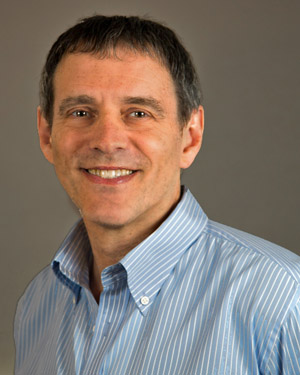
Steven Weiner, Computer Specialist and Aesthetic Realism associate, writes:
Aesthetic Realism is the education that explains: what makes art beautiful is the same thing that can make your life happy and strong. That’s what “Quiet, Noise, Beauty, & Our Lives” is about. A man of our time speaks on what men’s true strength is—including as to women. And there is part of a great lecture by Eli Siegel about poetry. Only Aesthetic Realism can bring together “men’s issues” and what poetry is, and show that the subject is the same! Read the thrilling new number of The Right of Aesthetic Realism to Be Known!
The commentary by Ellen Reiss begins:
Dear Unknown Friends:
Here is part 6 of Eli Siegel’s definitive and immensely kind 1972 lecture We Approach Poetry Variously. And with it is an article by Aesthetic Realism consultant Ernest DeFilippis, part of a paper he presented in March at the public seminar titled “True Strength in a Man—What Is It?” What he and his colleagues explained at that seminar is something men and women have thirsted to know these many centuries.
Opposites in Ourselves & Poetry
In the lecture we are serializing, Mr. Siegel uses as text Laurence Perrine’s Sound and Sense. It is a book he valued, even as he did not see Perrine as being clear about a question Aesthetic Realism considers vitally important: what is the difference between a true poem and something that may look like poetry but is not that? Eli Siegel is the critic who has answered this question—really, solidly, and grandly answered it. And the answer is to be found in the principle on which Aesthetic Realism is based: “All beauty is a making one of opposites, and the making one of opposites is what we are going after in ourselves.”
In the present section, we’re in the midst of his discussion of calm and tumult, and that form of those opposites which is quiet and noise. He has been commenting on a statement by Perrine: “Its [poetry’s] purpose is not to soothe and relax, but to arouse and awake, to shock one into life.” And Mr. Siegel has been showing that that is not so: a true poem is always simultaneously calming and stirring. Real poetry has, together, both quiet and auditory thrust. While one opposite may be accented, both are there, felt and heard at once. He has been reading poems that accent stillness, and here, two of the poems he reads are his own.
So let us look a little at quiet and noise in human life. These opposites are troubling people now. There can be a deep, sometimes fierce, desire to get away from the sounds of one’s fellow humans, from all their utterances—a seeing of these as an interference with oneself. People have gone after silence tremendously. They’ve gone after it as part of contempt, as a means of being un-impinged on by things not me.
Also a person can be too loud, without understanding why. The reasons are various. One reason (largely unconscious) is: to have power over those around us by making ourselves loom through sound, dominate auditorily. Another reason is: a person, having a big desire to sink within oneself, can unknowingly be afraid of that desire—and can try to combat it by coming forth unmistakably, and disproportionately.
The trouble about these opposites is multitudinous. An angry couple can yell at each other—and also give each other the silent treatment.
Yet stillness and dynamic sound can both be beautiful. They are one in all good music, as in all good poetry….Read more